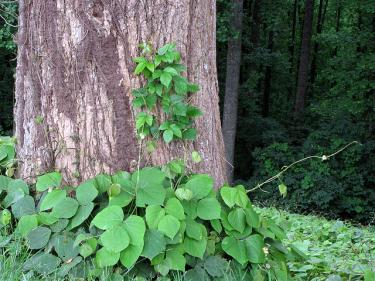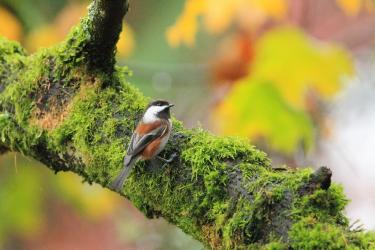Birds and Invasive Species
The ever-increasing mobility of people has resulted in the intentional and accidental introduction of non-native plants, animals and diseases that have affected human and wild communities alike. Without natural predators, non-native species can rapidly spread and expand their populations, like a cancer on the landscape that crowds out native biodiversity. For North American birds, the impact has been especially severe. Invasive exotic species have destroyed habitat, out-competed native birds for food and nesting sites, and unleashed diseases for which birds have no natural defenses.
The following is a list of some of the most problematic non-native species for birds nationwide.
- Domestic cats: Feral and outdoor domestic cats kill hundreds of millions of birds annually, including millions of cardinals, blue jays, warblers and wrens.
- European starling: About 60 starlings were let loose in New York’s Central Park in 1890 and since then the bird’s population has grown to more than 200 million spread over most of the continent. Starlings can be very aggressive toward native birds like the bluebird and purple martin, destroying their eggs and killing nestlings.
- House sparrow: A native of Eurasia, this sparrow was brought to the United States in the 1800s and has since populated almost every corner of the continent. House sparrows aggressively disrupt the nesting of native birds like wrens, woodpeckers and others, hobbling their ability to hatch and raise a new generation.
- Gypsy moth: This destructive moth was introduced in 1869 and has become one of the most voracious pests in the eastern half of the United States—able to destroy millions of acres of forest habitat needed by birds.
- Kudzu: An Asian vine, kudzu was promoted in the 1930s by the U.S. federal government, which paid farmers to grow it to prevent soil erosion. Since then, it has spread over the Southeast and has colonized forests north to Massachusetts and west to Texas. The vine often engulfs trees and whole swaths of forests, growing up to one foot per day. For birds, a blanket of a single vine destroys the multi-layered habitat of a healthy forest. And ultimately, by blocking out light and hogging available resources, kudzu can kill trees and other plants.
Solution
Removal of exotic species and support for natives
- Keep cats indoors
- Remove invasive species. There is a long list of other invasive species, including tamarisk and melaleuca trees and purple loosestrife and hydrilla. Find out what the most problematic species are in your area and learn how to protect your forest from them.
- Restore native plant communities. In addition to providing food and nesting sites for native birds, native plants can provide safe spaces for birds to hide when feral cats are around.
- Avoid disturbing healthy forest interior. Road building and other disturbances can ease the ability of invasive species to colonize an area. Avoid breaking up the forest and reclaim old roads and clearings with new native plantings.
How can I get more tips?
It’s simple! Enter your email below.


